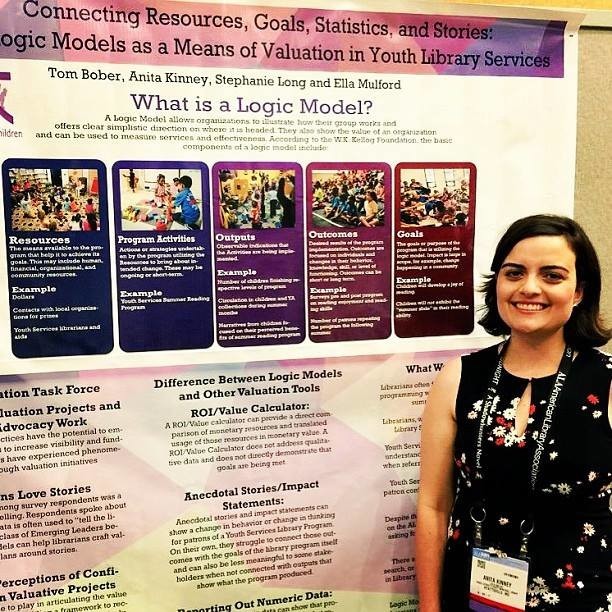I have been doing a lot of work lately trying to picture what I want for myself (the answer: a house with room for a garden, that’s within a 40-minute bike ride of most places I’d like to work in the DC area. Also: a dog, and a beehive). It’s not hard to imagine jobs I’d be well-suited for, but that pay less than what I will be making with the federal government in a few years. It’s definitely frustrating: my job is great but golden handcuffs are real and I don’t understand why the private sector can’t keep pace with the wages I can earn as a civil servant, so, since I want to buy a house, I need to stay with the federal government, it seems. This is not a bad life sentence.
Beyond the seeming impossibility of buying a home (well, it’s possible in Mt. Rainier, but I’m rather terrified of renovation and other incidental costs associated with purchasing a 100-year-old single family home, eek) and its impact on my career, there are two things that really affect my life that I don’t see much good writing on: ADHD and bike fit issues specific to women. Had a lovely meal with a writer with ADHD of some renown recently, and can’t stop thinking about how much I want to share the hard-learned gems I’ve picked up over the past several years.
I have 3 pieces of advice for people with ADHD (besides “ignore Mari Kondo,” which a topic for another post: basically, I don’t think “purge by category” is appropriate for ADHD people because it ignores the opportunities to consider matters of flow and layout within a home that are of CRITICAL IMPORT).
I think there are 3 big pieces that MUST be in order for ADHD people to become organized.
#1: Your daily bag (also a subject for a blog post, BIG SURPRISE, I have ideas about how pockets ought to work and dislike interior purse organizers that can be swapped out – TOO FUSSY – do you really need more than one bag other than for special occasions? ). This is the MOST IMPORTANT.
#2: Your day planner. I’m agnostic about keeping an electronic vs digital planner and think both can work (I keep both) but this tool is the second building block.
#3: Your bedroom. Having an organized room improves bedtime routines and rest. Once your bedroom is a source of support and comfort, instead of a place of chaos, you can carry the order of that space into the business of your daily life.
A lot of my thinking lately has been focused on imagining a “hierarchy of needs” diagram specific to ADHD needs. Will write more as I continue to read the literature….
